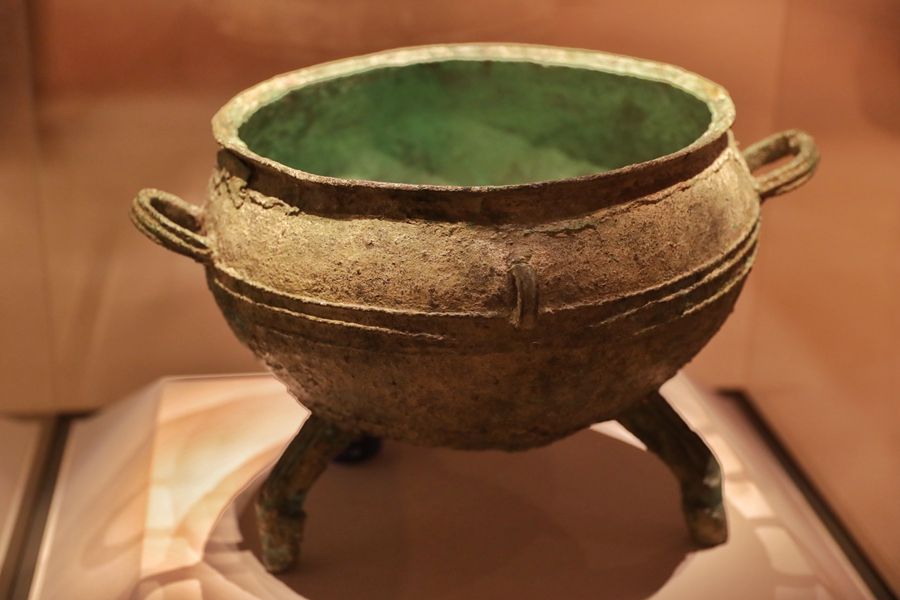 |
|
The huge variety of exhibits provide evidence of the dynamic exchanges between the East and West along the ancient Silk Road.[Photo by Jiang Dong/China Daily] |
Yu Zhiyong, director of the Xinjiang museum, says the rather dry climate in Xinjiang has helped to preserve artifacts such as paper documents, brocades and wooden puppets which are susceptible to humidity, offering people today an unprecedented insight into the close relationship between Xinjiang and the hinterlands of Zhongyuan since the pre-Qin Dynasty (221-206 BC) era.
One such example is a pair of wooden puppets excavated in 1973 from the tomb of Zhang Xiong, a general of Gaochang, and his wife. Zhang's ancestors hailed from Henan province in Central China, and settled in Gaochang to develop into a well-connected, extended family over the course of several generations.
One puppet depicts a camel keeper whose thick eyebrows, deep eye sockets and high bridge of his nose suggest he was a member of a non-Han group. The other puppet portrays a woman who wears exquisite makeup and outfits typical of a lady from Tang high society.
Li says the artfully sculpted wooden puppets buried with the Zhang couple were most likely made in Zhongyuan, and represent a style of art unique to the Tang era's heyday.